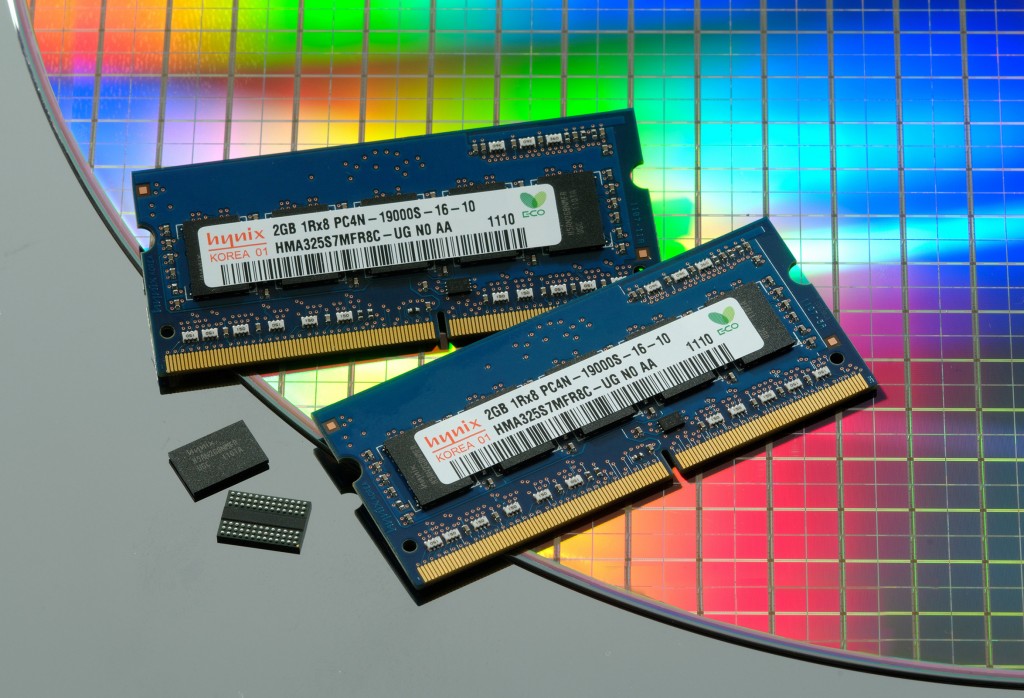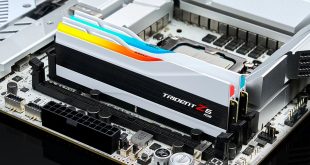Even though Samsung Electronics plans to increase its manufacturing capacities for dynamic random access memory later this year, analysts believe that this will not create an oversupply on the DRAM market. The reasons for that are transitions to bigger memory dies as well as growing demand for higher memory capacities in general.
This year all major manufacturers of smartphones and tablets, including Apple, Samsung Electronics, LG Electronics and other are expected to increase DRAM content per phone. PC manufacturers could also boost DRAM capacities inside their products as a part of preparations for Windows 10 arrival. In addition, the transition to DDR4 memory will be accompanied by transition to 8Gb DRAM ICs to a certain degree. Therefore, the demand for computer memory will increase significantly this year. Thus, even if some DRAM production capacities are added, it is unlikely that they will cause memory prices to drop.
“Actual situation is: DRAM is in shortage overall,” wrote Srini Sundararajan, an analyst with Summit Research, in a note to clients, reports Tech Trader Daily. “Samsung last year had just enough DRAM chips for itself let alone a dream of supplying to Apple and LG. Samsung is like a mouse in a flywheel running in circles to get back the same capacity this year […] This year they are adding capacity just to make up for loss of capacity from the increased die sizes and the more complicated shrink files. As such, capacity and wafer starts per month is likely to be unchanged.”
Many believe that Apple’s forthcoming successor of its iPhone 6 (presumably, iPhone 6S) will integrate 2GB of LPDDR3 or LPDDR4 memory instead of 1GB today. This alone would significantly increase demand for computer memory.
Earlier this week it transpired that Apple decided to ink a DRAM supply contract with Samsung in a bid to get enough memory for its next iPhone. For a couple of years Apple has relied on Micron Technology and SK Hynix as their main DRAM suppliers.
According to DRAMeXchange, the world’s largest DRAM market tracker, Samsung, SK Hynix and Micron controlled over 93 per cent of the world’s DRAM supply last quarter. Therefore, these three companies also largely controlled memory prices.
Discuss on our Facebook page, HERE.
KitGuru Says: If additional capacities do not affect DRAM prices in the second half of the year, it makes sense to make memory upgrades now before demand for DRAM will increase in 2H 2015 ahead of the back-to-school and holiday seasons. Still, if you buy expensive enthusiast-class DRAM modules, keep in mind that their prices are relatively stable…
 KitGuru KitGuru.net – Tech News | Hardware News | Hardware Reviews | IOS | Mobile | Gaming | Graphics Cards
KitGuru KitGuru.net – Tech News | Hardware News | Hardware Reviews | IOS | Mobile | Gaming | Graphics Cards




Short supply and ever lulled by a sense of degrading prices for DDR3. While DDR stood around forever, DDR technologies have grown rapidly. DDR4 is the bright new ring of the family, but even if DDR5 comes around the corner they would need to start working on appealing timings. Even if the speed picks up, the timings slow things down. I would like to see DDR5 bring LLL(Low Level Latency) back to the floor with the appeal of 0.8v.
If you’ve seen windows 7 boot in 8-12 seconds, then imagine with a PICe 3.1 or comparable speed being fully utilized by a SSD in hand with a 5000MHz speed DDR5 with 3-3-3-6 timings… You’d boot in under 2 seconds, assuming CPU doesn’t bottleneck. You’d never see a lapse in time loading anything less than 6GB in size, it would be nearly instantaneous. Most games today you’d never see the loading screen for anything beyond a blip if absent a click to continue. I’m waiting… oh glorious technology.